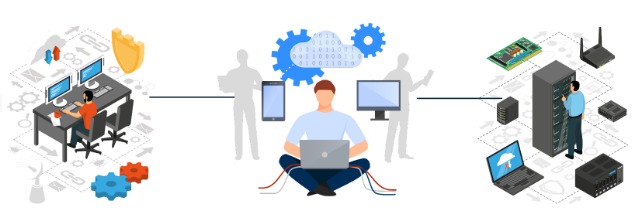User Access Control On Systems
Secure configuration audit helps in safeguarding the organization’s assets from ever increasing cyberthreats and data breach. Configuration audits provide a mechanism for understanding the degree to which the current state of network and system servers is consistent with the latest cybersecurity baseline requirements, aiding in improvising a greater visibility over the infrastructure, system, databases and services or applications running on critical systems.

The audit aims at checking every facet of your network for the vulnerabilities hackers exploit to gain access. The policies and practices adopted helps to prevent and monitor unauthorized access,unauthorized traffic, misuse, modification, or denial of a network component and network-accessible resources. The audit process is carried out in various phases to ensure planning and concise delivery as per latest security frameworks like NIST, MITRE etc
The configuration process also helps to gather information and comprehension the state of
-
-
Password And Account Policies
-
Services And Applications Running On Critical Systems
-
The Current Set Of Missing Security Patches
Methodology
QRC formulates an end to end plan to conduct a secure configuration review that ascertains that all the vital aspects of the IT system configuration are monitored and maintained to ensure safeguards. All assessments undergo several technical and quality assurance phases.

 +91 9594449393
+91 9594449393 +1 4847906355
+1 4847906355 +63 9208320598
+63 9208320598 +44 1519470017
+44 1519470017 +84 908370948
+84 908370948 +7 9639173485
+7 9639173485 +62 81808037776
+62 81808037776 +90 5441016383
+90 5441016383 +66 993367171
+66 993367171 +254 725235855
+254 725235855 +256 707194495
+256 707194495 +46 700548490
+46 700548490